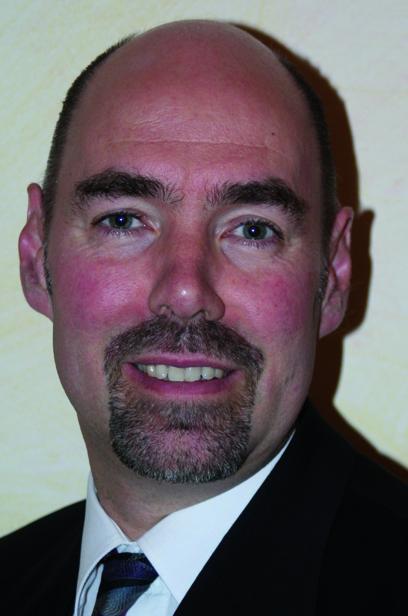Internet of Things – Communication and Connectivity Meet Computation
Christoph Heer, Intel Deutschland GmbH
Über den Vortrag:
Based on an analysis of actual trends and applications in the domain of "Internet of Things“ the presentation will cover fundamental challenges of product development. Main focus will
be on verification and validation topics and how to accelerate these to meet demanding time-to-market requirements in this segment. Increased re-use of building blocks as well as verification IP will become a key differentiating factor for future IoT products. Potential trends and challenges for EDA will be discussed.
Curriculum Vitae

Christoph Heer received a Diploma degree in solid state electronics from Aachen University of Technology in 1990 and a Ph.D. degree in electrical engineering from Ulm University in 1995. He has published more than 50 papers in peer-reviewed international journals and conferences and has been member of program committees of several technical conferences (including DAC, DATE, ASYNC).
